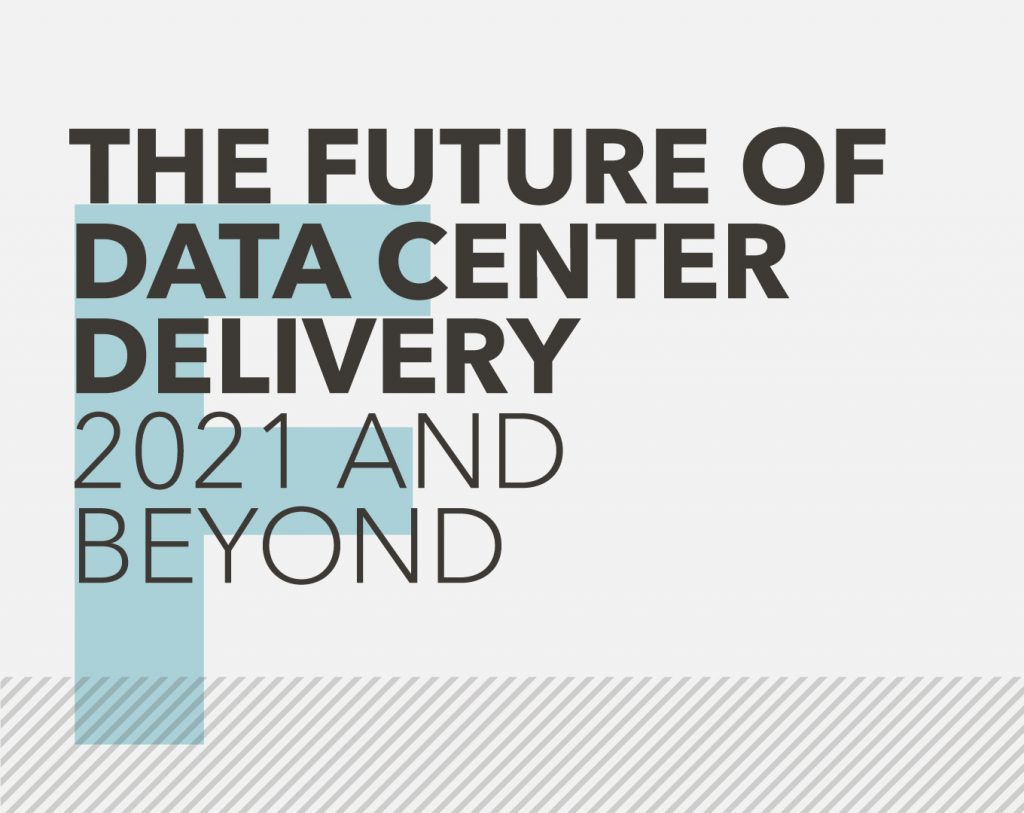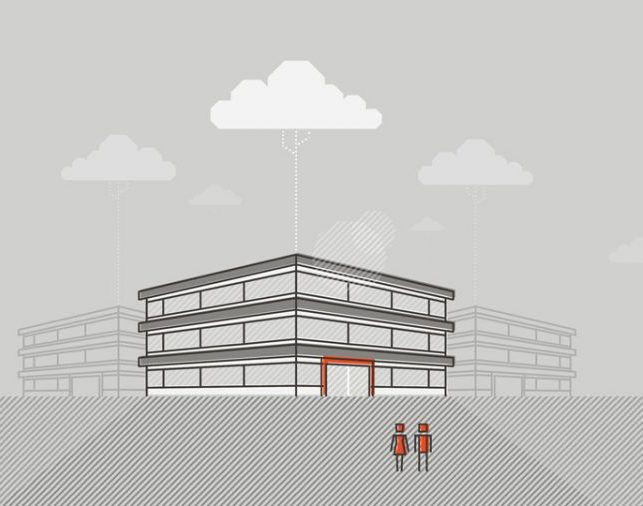Introduction to development
By: Ailish McDonnell and Claire Carmichael

The perfect development project should run like clockwork. Every stage needs to work in sequence with the next – from research through to construction. Ideally, the client should be able to take a back seat and watch the project unfold before them.
At Yondr we often talk about being light touch partners. But what does that actually mean? Well, what we’re saying is you can trust us to carry this project from start to finish, without the need to keep checking up on us. And we couldn’t achieve this without a collaborative development team, partners and advisors who embody our mission.
So when you embark on a new data center build with us, what does each step look like? Here’s a behind-the-scenes look into our process:
How we’ll work together
To start with, it’s important that we define the parameters of our relationship.
The development team is present from conception to operation of the asset. We consider our roles to be an end-to-end function; clients have us by their side throughout the lifecycle of an asset, and we’re available at every step of the journey.
This doesn’t mean we’re siloed. Working in tandem with the engineering and capital projects teams we pay close attention during the design and delivery stages, so we can make our colleagues’ jobs as straightforward as possible.
Consulting the map
Often, our clients will approach us with a desired location, and it’s up to us to find the most effective way to establish them there. Regardless of whether clients have an area in mind or are open to our expertise, we always do our research. This means keeping a keen eye on global developments, and frequently assessing where the next market could be.
Some indicators of an up and coming market are the growth of the middle class, increasing data usage, and expanding populations. Our network of handpicked local talent also shares unique insights into the viability of a location, providing an additional layer of expertise to our analysis.
It goes without saying, growing populations and land scarcity make finding a suitable location for a data center challenging. You only need to look at cities like London to notice how rapidly the skylines change. Our data centers have to be flexible and adaptable to reflect this evolution, which is how we came up with our two core designs:
- The MetroBloc: a multistorey product that utilises limited space in cities and metropolitan areas
- The HyperBloc: a single storey product suited to larger plots, where clients have the freedom to operate on a vast scale
From assessment to ownership
Once we’ve found a selection of desirable locations, we investigate whether these sites are appropriate for development. This is a multiple-team operation; we work closely with our designers, engineers, and capital projects teams to make sure we understand their requirements for further down the line. Any way we can reduce constraints for them in the early phases saves time – and capital.
In the first stage, we’ll check for high-level fatal flaws, and conduct a due diligence analysis. Then it’s time to review access to fibre and power, and assess the wider area for potential threats and environmental impact.
Next we look at proximity to the city center, industrial zoning, and planning restrictions. Beyond the basics, we look at flight paths, wind turbines, air pollution, flood risk, and seismic risk so that we can minimise our impact on the environment and mitigate ecological risks.
Remember all of the initial research? This is where it comes in handy. Understanding the market we operate in means we have an awareness of the local market value. Developers who haven’t spent time investigating a new location risk spending above market value, and could burn a hole in their clients’ pocket.
By the time we’ve made our way through these steps, it’s time to formulate our strategy.
Organising and strategising
Working closely with engineering and our advisory partners, we’ll carry our technical and environmental due diligence, identifying potential risks and constraints to overcome.
We develop planning milestones, and craft a power strategy that acknowledges power availability and client requirements, outlining self generation options in the process.
Clients depend on us to hit those milestones, and face capacity catastrophe if things don’t go to plan. At Yondr, we map out a timeline we can stick to, and continue to iterate the final design until we’re confident we can meet every requirement. Once perfected, our commercial teams take the lead on capital and operational expenditure, tailoring it to suit the design and phasing plan.
Handing over the keys
Before cutting the ribbon, there’s a heavy amount of work to be done on the legal front. Our legal partners provide full support on due diligence activities, addressing structures, funding and tax. And then we engage with the vendor and begin negotiations, before pulling on capital projects, engineering, operations, and our advisors again for a balanced marketing and sales strategy.
It’s critical that we have multiple departments on board for the finalisation of these elements. Why? Because Yondr stands by the client for the lifecycle of an asset, and collaborating in the early stages means every Yondr person is aligned with the client’s goals.
And that brings us to asset management.
Here we consider longevity and changing needs. From funding strategies to compliance, to end of lease and valuations. Whatever the next step might be, our inventors and innovators are ready and waiting for the next challenge.



